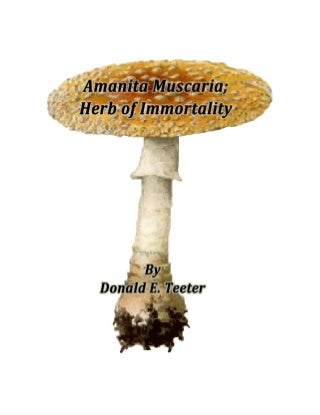Psilocybe Cubensis – Growing Psychedelic Mushrooms
Psilocybe Cubensi is a great alternative if you are looking to grow your own Psychedelic mushroom. It is easy to cultivate, psilocybin mushroom spores for sale has high levels of psilocybin, and it is widely available. A variety of factors must be considered when cultivating this fungus. These include pH levels and substrate. If you want to cultivate this mushroom, read these guidelines:
Psychedelic mushroom
The psychedelic mushroom psilocybin is able to vary ten-fold from a particular type to another and the same type of mushroom can be as much as four times as powerful as another kind. The body converts psilocin to psilocin so it can be determined how potent the psilocybin.
Easy to grow
The Psilocybe cubensis mushroom is found in the wild, in clusters. The color of the Psilocybe cuben-sis mushroom varies the substrate. It is safe to assume that all colors are non-toxic. The Z strain of Psilocybe cubensis mushroom is the most popular and commercially viable.
The levels of psilocybin are high.
The high psilocybin content of Psilocybe cubenses makes it an excellent choice for those who are just starting out. The strain was cultivated in Cambodia near the ancient ruins of Angkor Wat. It produces small, brown fruits with pale spots. The plant is rapidly growing, preferring slightly warmer conditions and is renowned for its power. Users report high levels of energy and a philosophical outlook.
Non-psilocybin species
The psychedelic mushroom spores for sale mushroom Psilocybe cubensi is also known as the liberty cap. It is found in the grasslands and forests in North America. Its cap is brown or reddish. It is difficult to grow indoors. The non-psilocybin types of psilocybe cubensis are Psilocybe semilanceata, also called liberty cap, and is found on grassy fields.
Other species of psilocybe
 Numerous molecular studies have confirmed the polyphyly of Psilocybe. The genus is divided into two groups blue-blued hallucinogenic and non-hallucinogenic species like Panaeolus Semilanceata. This morphological split would leave P. semilanceata without a proper name. However, a number of authors have argued either for or against the idea.
Numerous molecular studies have confirmed the polyphyly of Psilocybe. The genus is divided into two groups blue-blued hallucinogenic and non-hallucinogenic species like Panaeolus Semilanceata. This morphological split would leave P. semilanceata without a proper name. However, a number of authors have argued either for or against the idea.